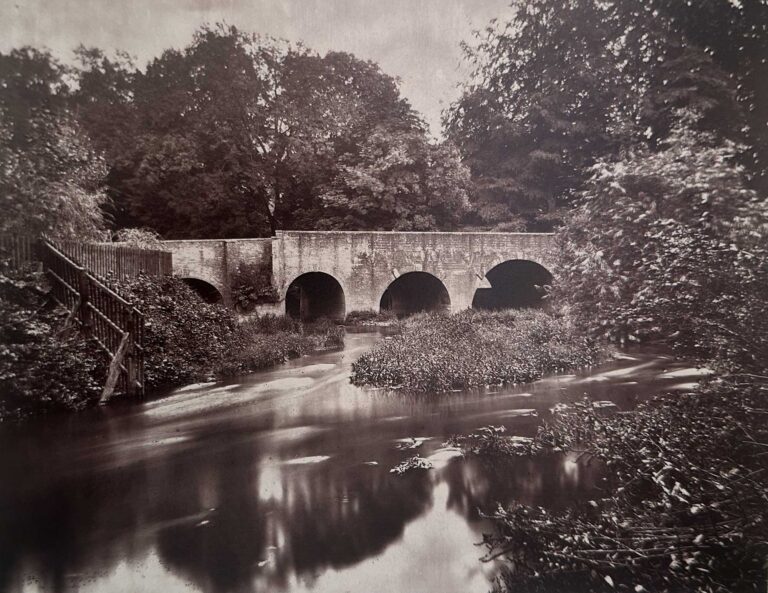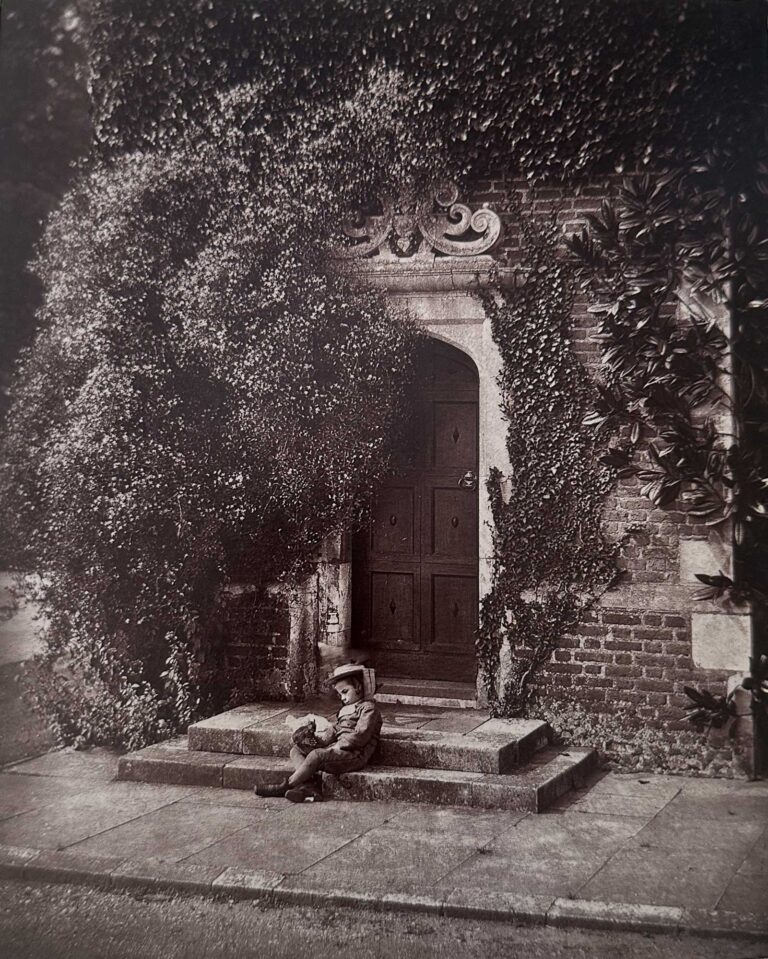
The Foreland, North Devon
Descriptive letterpress printed opposite this photograph:
THE FORELAND, NORTH DEVON.
ANY ship, from lowest to highest, has its due place in that architecture of the sea, beautiful not so much in this or that piece of it, as in the unity of it all, from cottage to cathedral,” writes Mr. Ruskin. “Among them, the fisher-boat, corresponding to the cottage on the land, is on the whole the thing most venerable. I doubt if ever academic grove were half so fit for profitable meditation as the little strip of shingle between two black, steep, over-hanging sides of stranded fishing-boats, the clear, heaving water-edge of ocean rising and falling, close to the bows, in that unaccountable way which the sea has always in calm weather, turning the pebbles over and over, as if with a rake, to look for something; and then stopping a moment, down at the bottom of the beach, and coming up again with a little run and clash, throwing a foot’s depth of salt crystal in an instant between you and the rough stone you were going to take in your hand, sighing all the while as if it would infinitely rather be doing something else. Next, after the fishing-boat, which in the architecture of the sea represents the cottage, ranks in interest the small, over-wrought, under-crewed, ill-caulked merchant brig, or schooner⎯the kind of ship which first shows its couple of thin masts over the low fields or marshes, as we near some third-rate seaport, and which is sure somewhere to stud the great space of glittering water seen from any sea-cliff, with its four or five square-set sails.
Lynmouth is, however, not a third-rate port, or a port at all, in the sense usually understood, implying commerce and activity. Few sails are ever seen to glide across the cliff shadows of this North Devon Foreland, and those chiefly of a well-worn useful kind, stained and dyed by years of storm and sunshine; “its rough woof hath a kind of noble dimness upon it, and its colours as grave and free from vanity as the spots of the leopard.” They bear no resemblance to the Venetian painted sails, which, seen at full swell in the sunshine, are “as beautiful as a butterfly with its wings half-closed.” There seems to be always one at the little pier-head, loading or unloading, and so drawing their breath once more to go out to sea again, without joy and without lament.
There is nothing in the whole range of English coast scenery that can compare for “colour,” with the Foreland, as seen from the sea, or from the rocks at Lynton.



